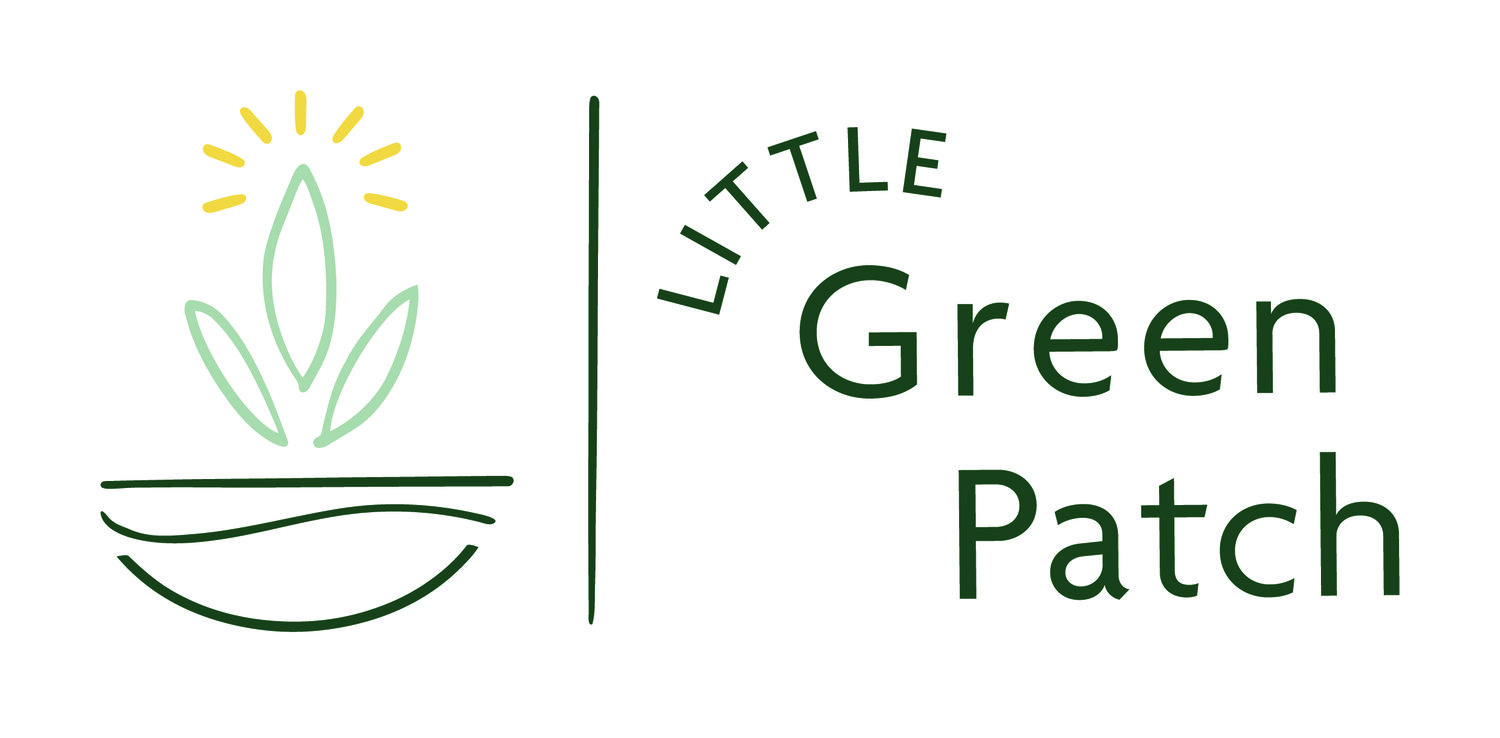SOIL IS MY TOP PRIORITY!
Soil is my #1 priority in the garden
Everything I do in my urban garden is ultimately influenced by my desire to preserve the health of our soil. You’ll notice that I said “our” soil, not my soil, and that’s because I believe that despite the fact that I have purchased my block of land, I don’t believe that I own the soil. I believe we are ALL stewards of the soil and it is our responsibility to look after it.
Soil is in fact a complex ecosystem made up of mainly mineral particles, organic material, air, water and a whole host of living organisms. It has been quoted several times more recently that a single teaspoon of soil has more living organisms on it than the entire human population of the planet.
Topsoil is the soil that occupies the top 5-10 inches on the Earth’s outmost layer. It has the highest concentration of organic matter and is also where all living life that we grow starts. Without it, we can’t grow any of the plants that exist on Earth. Preserving and looking after our topsoil should be everyone’s prerogative. Sadly, I recently read that the Earth’s topsoil is in danger of extinction. According to our top scientists, there is only about 30-60 years left of topsoil on the planet and considering that it takes about 100 years to create 1 inch of topsoil – we’re in a whole lot of strife!
So what is dirt? It’s the thing that you get under your fingernails and on your clothes. It’s not a living organism. It’s devoid of the microbes that are your biggest work force in the garden: while you sleep and go to work, microbes are busy converting nutrients for your plants, fitting off disease and helping to detoxify the environment. But here’s the thing: they are super sensitive and can easily be destroyed by foreign chemicals and even the slightest disturbance of their environment.
If you throw a manufactured chemical into the equation, you throw out the balance of the soils ecosystem much like you disturb the balance of your gut if you throw in some antibiotics. You’ll kill the good bacteria and allow the bad bacteria to thrive.
So how do you “grow” healthy soil AND how do you preserve it?
To grow it should be your main priority in the urban vegetable patch. Grow healthy soil and growing vegetables becomes easy. You will need a fresh supply of compost frequently – about every 3 months you will want to redress the top 3-5 inches with some nutrient dense organic compost. This will become the food for your soil as well as providing water retention and structure in the form of humus as it continues to break down. Secondly, you’ll want to “feed” your microbes. Remember I said they are a living organism; well they need food too. Feed them seaweed mixed in with a carbohydrate like molasses every fortnight and once every 1-3 months feed them some well-rotted manure.
In order to preserve healthy soil I follow the guiding principles of Regenerative Agriculture. They have 5 simple principles:
1) Zero Disturbance, or at least limit disturbance. Basically, stop digging around and turning soil. Imagine if every couple of months someone came and dug up our homes and suburbs – it would be devasting.
2) Armour the soil. The topsoil needs to be protected. If the topsoil is covered with a blanket of living planets, then it is protected. Even a weed is trying to armour the soil. It’s hard to believe that a weed is in fact trying to protect the soil when you consider what a bad rap they get.
3) Build diversity. Grow LOTS of different species of plants, not just rows upon rows of cabbage. Plants flowers and legumes and native grasses all along each other. This strengthens them all and encourages a whole host of other living diversity into your garden.
4) Maintain Living Roots. On each living root there are millions of good microbes setting up their homes to help you. If you pull out that living root, you basically just killed a couple of million little workers. Instead, cut off the plant just below the surface of the ground and leave the root living in the ground.
5) Integrate Animals. Get some chickens or quails, some guinea pigs or rabbits or a small goat. If you can’t have a diversity of animals on your urban block due to size (let’s face it, it can be difficult on 690 square meters), then at least integrate them natively via bees and birds. The diversity of your fauna on the property you look after is vital to the living ecosystem of your soil – it depends on living creatures!
I’ve barely scratched to surface on this topic - I love soil SO much. If you got me started at a dinner party, I’d probably bore you all senseless if you gave me a couple of hours. Needless to say, I hope I’ve impressed upon you all how important it is to focus below the ground rather than above the ground. Far too often gardens are focusing all their energy on the stuff growing above the soil, they fail to recognise that if they just spent more time preserving the health of the soil, most of their other problems would disappear.

